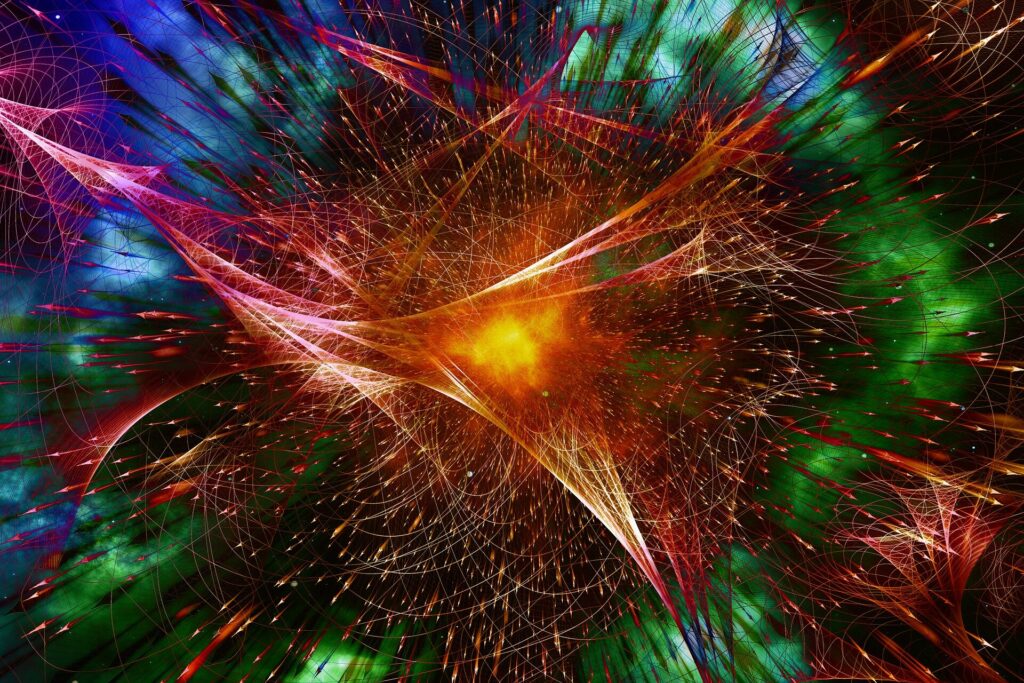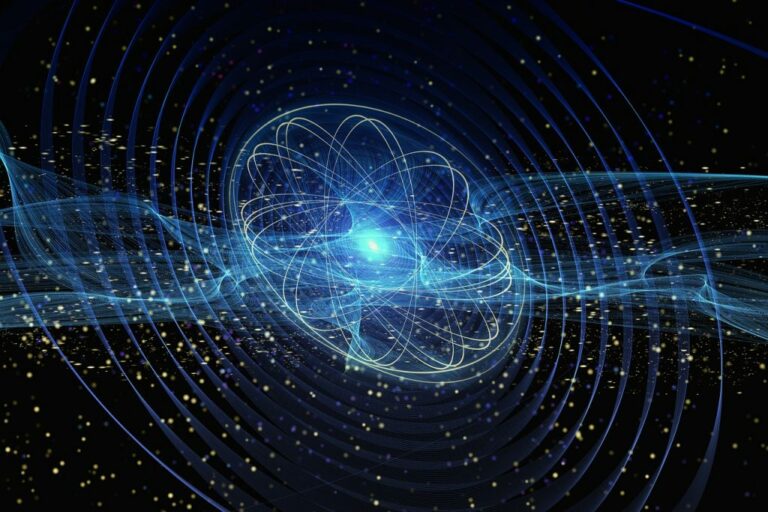Scientists discover signs of unique charge transport in quantum material.
What is the quantum materiel ?
The quantum material discussed in the provided text is a “strange metal.” In the context of condensed matter physics, strange metals are a class of materials that exhibit unusual electrical conductivity properties. These materials defy conventional explanations and often display behaviors that are not easily understood using traditional models of electron behavior in metals.
The specific strange metal studied in the text is a quantum critical material with a composition characterized by a precise 1-2-2 ratio of ytterbium, rhodium, and silicon (YbRh2Si2). Quantum critical materials are those that undergo a phase transition at absolute zero temperature, known as quantum criticality. In the case of YbRh2Si2, it undergoes a transition from a non-magnetic to a magnetic state when cooled below a critical temperature.
The study focuses on understanding the electrical transport properties of this strange metal, particularly through the use of quantum noise experiments, specifically measuring “shot noise.” Shot noise refers to the fluctuations in current that occur due to the discrete nature of electric charge. The researchers observed that the shot noise in the strange metal was significantly different from that in ordinary wires, indicating unique charge transport characteristics.
The investigation aims to provide direct empirical evidence regarding the nature of charge carriers in strange metals, specifically whether they conform to the traditional concept of quasiparticles or if their behavior is more complex and unconventional. The results of the study suggest that the charge transport in strange metals may not be easily explained in terms of quasiparticles, challenging existing theoretical frameworks and highlighting the need for new conceptualizations in the field of condensed matter physics.

Staying true to its distinctive nature, a quantum material known as a “strange metal” displayed unexpected tranquility in recent quantum noise experiments conducted at Rice University. Published in Science this week, the measurements of quantum charge fluctuations, referred to as “shot noise,” offer the initial direct proof suggesting that electricity may flow through these peculiar metals in an unconventional liquid-like manner that defies easy explanation in terms of quantized charge packets called quasiparticles.
Rice University’s Doug Natelson, the corresponding author of the study, remarked, “The noise is significantly reduced compared to conventional wires. Perhaps this indicates that quasiparticles are not well-defined entities or that they might not exist, and charge moves in more intricate ways. We need to develop the appropriate language to articulate how charge can collectively move.”
The experiments focused on nanoscale wires composed of a meticulously studied quantum critical material with a precise 1-2-2 ratio of ytterbium, rhodium, and silicon (YbRh2Si2). This material exhibits a high degree of quantum entanglement, leading to temperature-dependent behavior.
For instance, when cooled below a critical temperature, the material swiftly transitions from non-magnetic to magnetic. At temperatures slightly above this critical point, YbRh2Si2 transforms into a “heavy fermion” metal, with charge-carrying quasiparticles that are hundreds of times more massive than bare electrons.
In metals, each quasiparticle, representing a discrete unit of charge, emerges from countless intricate interactions among electrons. The quasiparticle concept, proposed 67 years ago, allows physicists to represent the combined effect of these interactions as a single quantum object for quantum mechanical calculations.
Previous theoretical studies hinted that charge carriers in strange metals might not be quasiparticles. The shot noise experiments enabled Natelson, lead author Liyang Chen, and co-authors from Rice and the Technical University of Vienna to gather the first direct empirical evidence to test this idea.
“The shot noise measurement is essentially a way to observe how granular the charge is as it flows through something,” explained Natelson, a professor of physics and astronomy, electrical and computer engineering, and materials science and nanoengineering.
Applying this technique to crystals with the 1-2-2 ratio of ytterbium, rhodium, and silicon presented significant technical challenges. The crystalline films had to be nearly flawless, grown in the laboratory of lead TU-Wien co-author Silke Paschen. Chen had to maintain this level of perfection while crafting wires from the crystal that were about 5,000 times narrower than a human hair.
Rice co-author Qimiao Si, the lead theorist, noted that the results align with a theory of quantum criticality he published in 2001, and this study is part of a nearly two-decade collaboration with Paschen. “The low shot noise brought about fresh new insights into how the charge-current carriers entwine with the other agents of the quantum criticality that underlies the strange metallicity,” said Si, whose group’s calculations dismissed the quasiparticle picture. “In this theory of quantum criticality, the electrons are pushed to the verge of localization, and the quasiparticles are lost everywhere on the Fermi surface.”
Natelson posed a broader question about whether similar behavior might manifest in the many other compounds exhibiting strange metal behavior. “Sometimes you kind of feel like nature is telling you something,” he reflected. “This ‘strange metallicity’ shows up in many different physical systems despite the fact that the microscopic, underlying physics is very different.”
More information: Liyang Chen et al, Shot noise in a strange metal, Science (2023). DOI: 10.1126/science.abq6100. www.science.org/doi/10.1126/science.abq6100
This article is republished from PhysORG under a Creative Commons license. Read the original article.
Do not forget to share your opinion with us to provide you with the best posts !




0 Comments